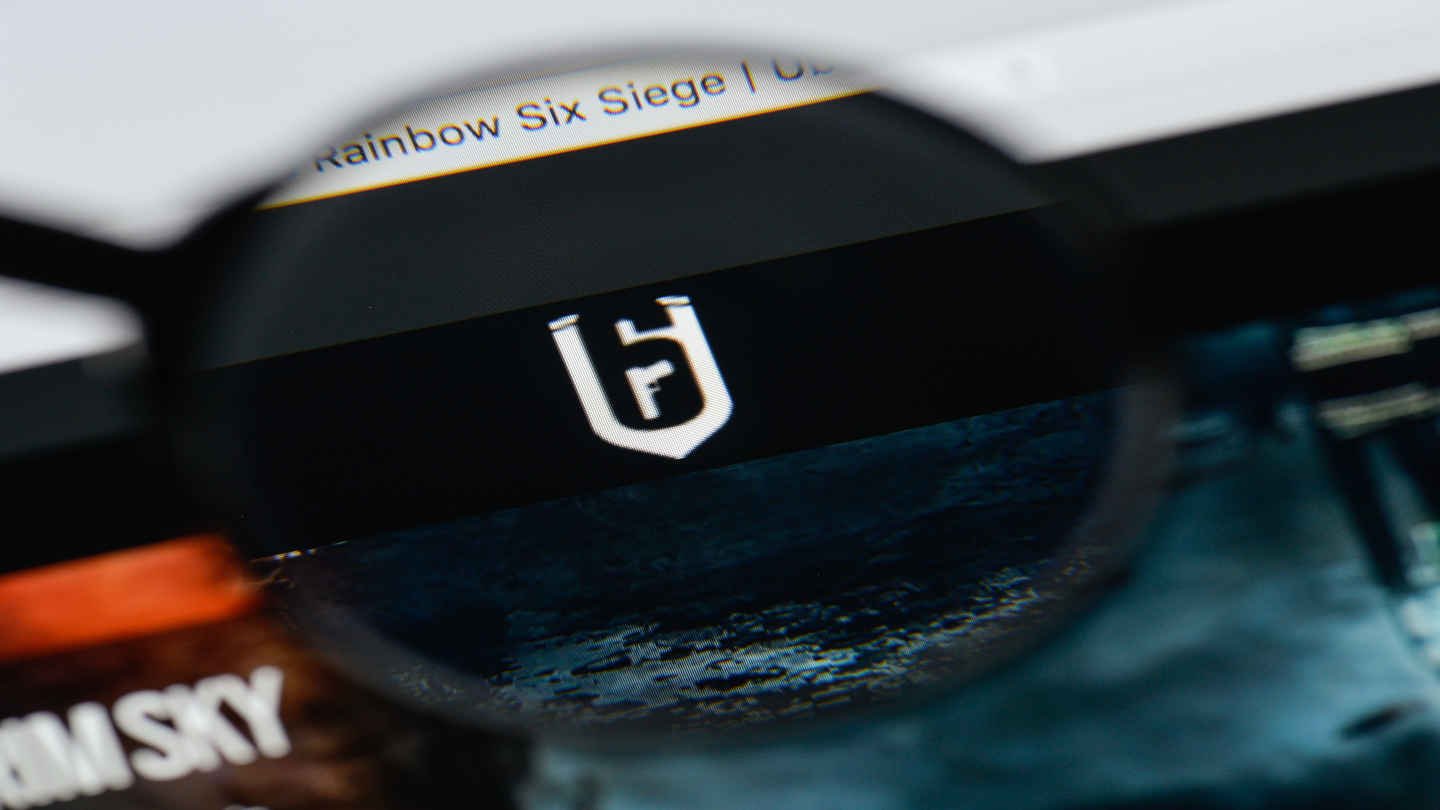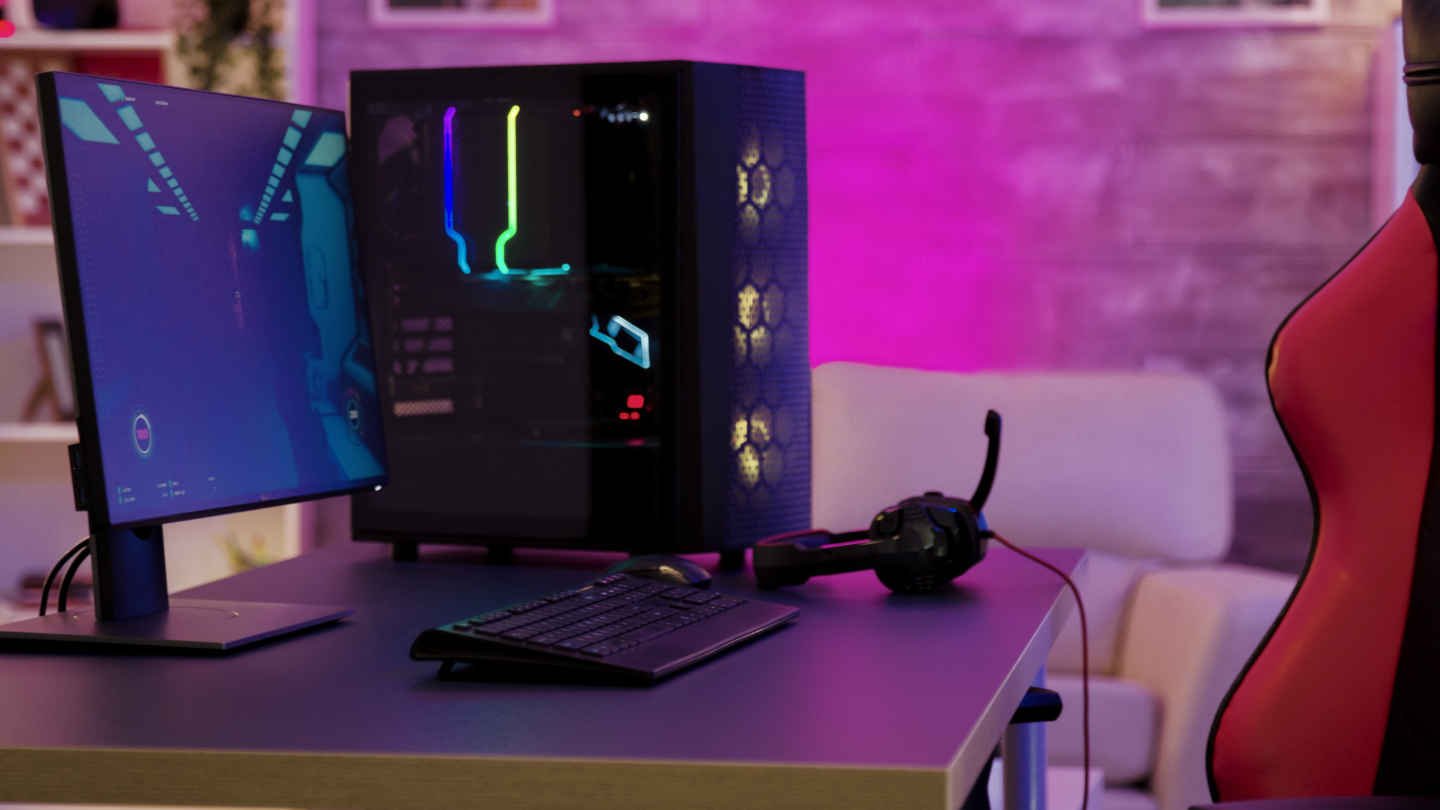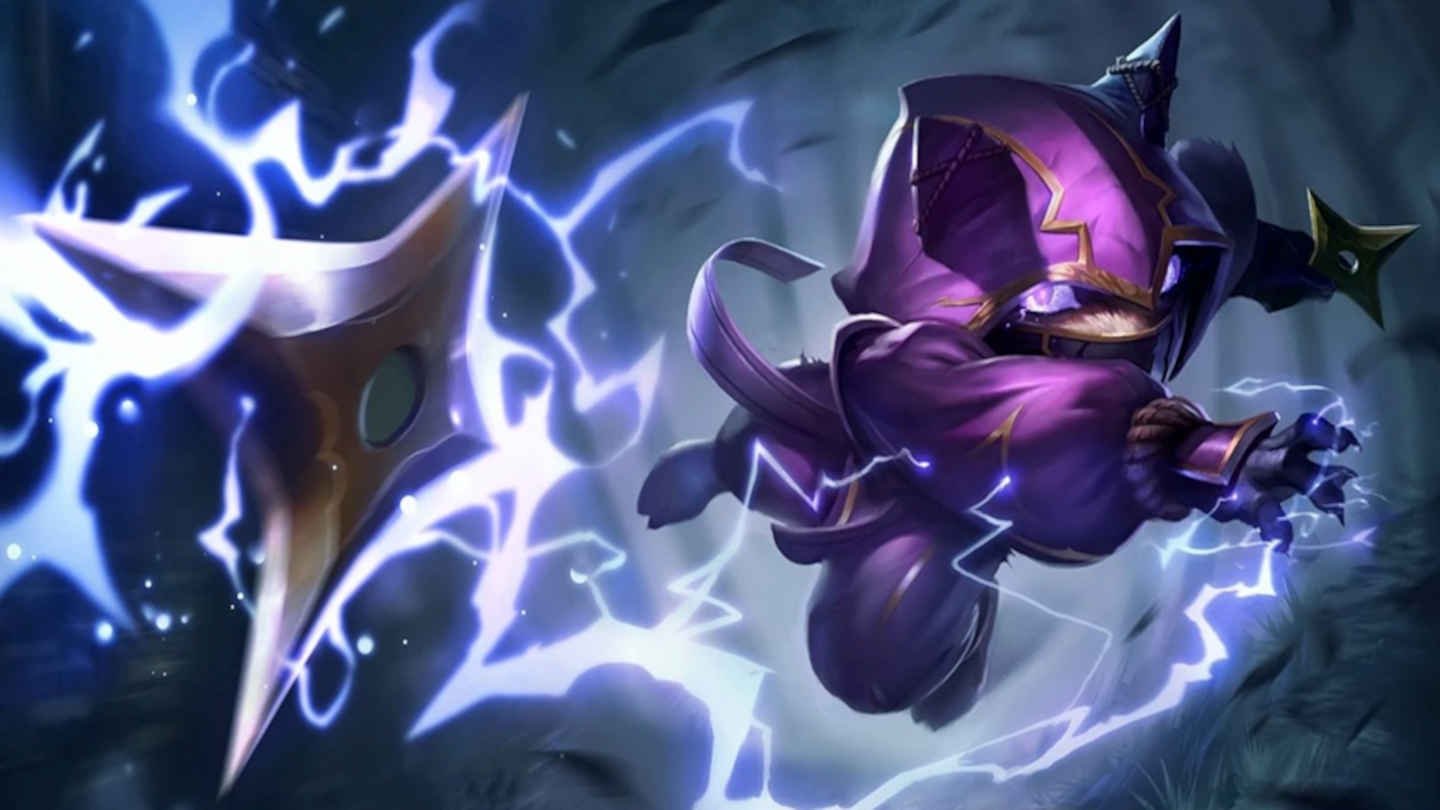R6 Ranks Explained – See How Rainbow Six Rankings Work

10 minutes
Last Updated: May 29, 2024
Rainbow Six Siege, better known as R6 or R6 Siege, is an exceptional tactical FPS. The game is played by tens of millions of people but it is not that popular on PC.
This is primarily a console game and anyone who’s tried it for at least a few hours became an instant fan.
Each season, nearly half a dozen R6 Siege tournaments are played. And these events offer large prizes.
But even if you’re not interested in the esports side of R6 Siege, you still need to learn how the game’s ranks work, so that you can plan ahead and better understand what you need to do to become a high rank player.
In this guide, you will learn more about the R6 ranks and how the R6 ranking system works.
The Rainbow Six Siege Ranking System
The R6 ranking system is built on the same foundation utilized by other ranking systems. Its principles are presented below.
Only The Best of The Best Can Reach The Top Ranks
In the lowest ranks, you will find a lot of players. But above the Gold rank, the percentages start to drop sharply.
By the time you’ve attained the highest rank in Rainbow Six Siege, you’re in the presence of a tiny percentage of highly skilled players.
Probably one in several thousand players will become Champions. And the process requires years of training and dedication.
Without mastering every single element of the game, you cannot compete against the world’s best and succeed. You need to be as good as them or better to remain there.
Losing matches makes you lose rank points, winning them makes you win rank points
If you want to get to attain a higher rank, you need to win a good percentage of your matches.
In some games, even a 51% win rate will allow you to climb over a long period of time. It will take hundreds of matches to make even a tiny bit of progress, but it will happen eventually.
The same is true if you lose a bit more than you win. You may not see it overnight, but after a few weeks or months, you will notice that you’ve dropped in rank.
Skill Is Relative
What your Skill or MMR means is relative to how skilled other players are. If everyone in the game is really good, you’ll need to become really good just to climb a few ranks. But if everyone is weak, it will be enough for you to be decent to climb the ladder.
In competitive games like R6 Siege, you generally have to be highly competent to reach even a mid-tier rank.
That’s because the game has been around for many years and a large percentage of the player base has hundreds or even thousands of hours of experience.
When you start your journey, you do not know what those people know, so you must learn as much as you can and hope that one day you’ll be good enough to climb to the next rank.
If you study martial arts, you won’t get your black belt after the first week, the first month, or the first year. The process takes much longer than that.
However, in gaming you can train a lot more per week. A novice in martial arts might train for 5 hours per week. You could potentially train 10 times more and reach a high-rank in just a few years.
Ultimately, it’s up to you to determine your level of involvement in the R6 Siege community. But if you like the game and notice that you have a talent for it, you should consider trying to become good at it.
The R6 Siege Ranks
The Rainbow Six Ranks are similar to those of other first-person shooters and constitute a reflection of your skill. The better you become at the game, the more you will win and the higher your rank will be.
These are the R6 ranks that you can have:
- Copper
- Bronze
- Silver
- Gold
- Platinum
- Emerald
- Diamond
- Champion
The first 7 of these ranks are further divided into subranks or divisions: V, IV, III, II, and I. To go from one rank to the next, you need to go through all of its divisions.
Sometimes, you may have a great day and climb a division in a single day. But in most cases, you will need weeks or even months to make one more step toward the Champions rank.
The matchmaking system of R6 Siege puts a lot of value on a variable called Skill. This number changes from game to game, based on your performance. Top-tier players have a Skill of around 5000, while low-tier ones have a Skill of around 1100.
At the end of each season, you’ll get a reward that indicates how high you ranked.
The R6 ranking system was built to encourage team play rather than individualistic performance.
An Explanation of the Skill Variable
In R6 Siege, Skill or Ranked Skill is a visible number and it’s similar to MMR in a game like Dota 2. Based on this number, you will get your rank.
The matchmaking system uses it to find balanced matches for you and for other players. If your Ranked Skill is high, you’re supposed to be able to play against other players who have a similar Skill.
Your Skill changes based on what you do during each game. Here are some of the things you’ll need to pay attention to:
- Inactivity time
- Exiting rank matches (or abandoning)
- Your win/loss record
Other things that impact how much Skill you gain or lose after a match can be the difference between your team’s total Skill and the opponent’s.
The system tries to give you a balanced match but sometimes, there will be small differences between the two sides and that will impact how drastically your Skill will change after the fight.
After the end of every season, your Skill is reset and you will need to climb back to a high rank or prove that you deserve it.
How to Get Your First Rank
To get your first rank in R6 Siege, you will need to play 10 placement matches. Based on your results, you will be assigned a rank, which might be low or high.
A highly skilled player will generally perform well in these matches and will get a high rank from the start. A novice will expose his lack of skills and will get a low rank.
Being ranked higher is not necessarily better, especially if you don’t have a lot of experience.
When your rank is high, you’re expected to perform much better. So in a way, by playing at a low rank, your games will be easier and you’ll enjoy them much more.
If you’re a novice and need to play against people who have 10.000 hours of experience, you’re not going to have much fun and you will lose every single time unless your teammates carry you.
So your goal to climb the rank ladder should actually be reformulated a bit: you want to climb the competence ladder.
If you tie a black belt around a tree, it won’t make it a martial arts expert. The same goes for your R6 Siege rank. It’s not always a reflection of how skilled you are but rather, of how skilled you’re supposed to be to do well while competing against players of that level.
How to Rank Up in R6 Siege
Ranking up in Rainbow Six Siege requires you to get a better understanding of the game. And that requires two things: experience and analysis. One does not work very well without the other.
Experience
Without trying and failing, you cannot learn anything. R6 Siege is not a purely theoretical game. You need to play it to understand it.
Even if you could read a 1,000 page book about it, you wouldn’t transform into a pro player. The theory is useful only to the degree to which it improves your practice.
Always start from doing and then make your practice more useful by adding theory to it. In the beginning, the ratio should be something like 90/10.
Analysis
If you only play non-stop without ever stopping to review your games, you will miss all the lessons. You can’t learn everything just by playing. You need to take a step back, evaluate how you play, and then figure out what you’re doing wrong.
When you lose a game, you often lose because of small tactical errors that you don’t necessarily notice while playing. But you will notice them while watching and analyzing your replays.
If you can’t spot the errors on your own, get a coach. A highly skilled player is like a language professor who understands everything about the language he is trying to teach you. As soon as you misspell or mispronounce a word, he will let you know.
The same thing happens in your R6 Siege practice: when you make a mistake, the coach can tell you that you’ve positioned yourself the wrong way or that you’ve done something inefficiently.
Highly skilled players know how to avoid the tiny errors that can be exploited by the opposition.
To become such a player, you need to learn to differentiate between good movement and bad movement, between good aim and poor aim, and so on.
Here are a few more principles that you should follow when playing R6 Siege with the goal of reaching a higher rank:
Study the Maps
The terrain has a huge impact on the result of the match. FPS games like R6 Siege, Valorant, or CS:GO put a lot of emphasis on the map terrain. Understanding that terrain and what it allows you to do is probably more than a third of your skill as a player!
So you should spend quite a bit of time analyzing every corner of every map you are playing on. If you know what the possibilities are in each situation, your decisions will become a lot more efficient and you’ll make fewer tactical errors.
When you study the maps, it’s a good idea to take them one by one. Don’t try to master the entire game at once because you’ll get lost in the details. Study one map, play it until you understand it well and then move to the next one.
Learn How to Communicate Properly
The ability to convey information in a calm way, even when having to compete under a lot of stress, is essential if you want to succeed in this game.
In a team, players rely upon other players to inform them about what’s going on. You are your teammates’ second pair of eyes and they are yours.
It’s much easier to play intelligently when you know what the enemy is trying to accomplish. But it’s not easy to convey what you know so that others can understand you well.
We often see or know something but when we try to help others understand it, the message is not clear enough and the meaning is lost.
Another problem here is that people tend to become emotional. If you lose your calm and start to yell at your teammates, in most cases it will have a negative effect on their morale.
Not everyone is used to this way of being talked to. Some players are actually extremely sensitive to a passive-aggressive tone.
If you want to increase your chances of winning, exercise a positive mental state. Put yourself in difficult situations and find a way of thinking that allows you to be entirely focused on the game without losing your cool.
The higher you climb in rank, the more you’ll need to be able to do this. The differences between the top players are relatively small and one way to gain an edge is to be mentally stronger than your opponents. The team that breaks first usually loses.









